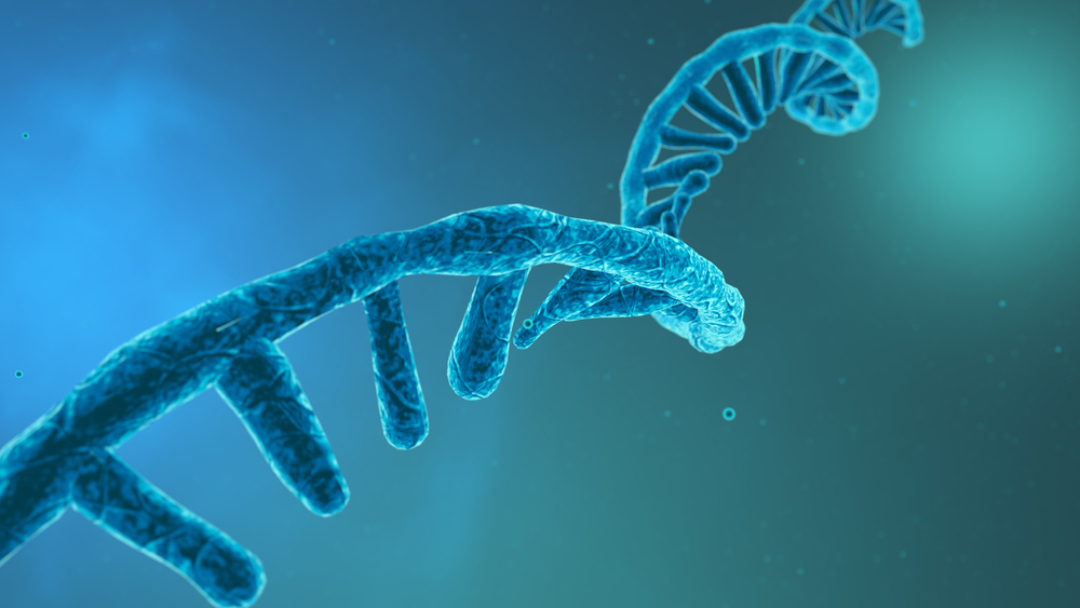
Stanford researchers solved the structure of the RNA polymerase protein
On Apr. 24, 2000, Stanford researchers announced they have solved the structure of the RNA polymerase protein, one of the pivotal molecules in biology. The polymerase copies genes from DNA to RNA – an essential step in the transfer of information from gene to protein.
‘It is arguably the most important protein in biology,’ said Roger Kornberg, PhD, professor of structural biology at Stanford University School of Medicine. ‘The structure provides the basis for understanding all gene activity in eukaryotic cells,’ said Kornberg, whose group’s findings were published in the Science magazine.
RNA polymerase II is the first apparatus in the production line from gene to protein. Its task is to faithfully copy regions of gene-containing DNA into strands of messenger RNA (mRNA). Once a gene has been copied into mRNA – a process termed transcription – the next step is production of the protein that is coded for by that gene. The protein-making machinery – the ribosome – uses the mRNA as a template for protein production, mirroring how the RNA polymerase enzyme uses DNA as a template for mRNA production.
The RNA polymerase enzyme actually consists of 12 separate protein subunits. Using data collected via the method of X-ray crystallography, researchers in Kornberg’s lab constructed a model of how the individual subunits fit together to form the entire RNA polymerase complex.
Tags:
Source: Stanford Medicine
Credit:
